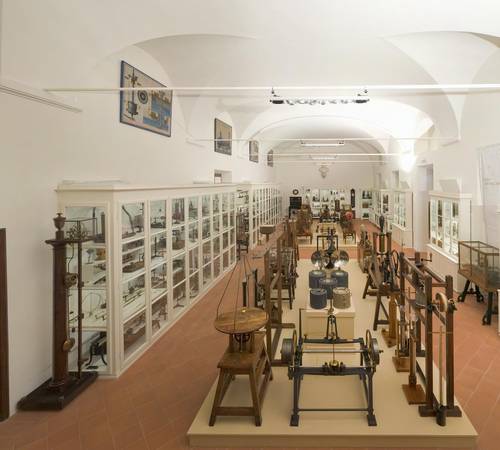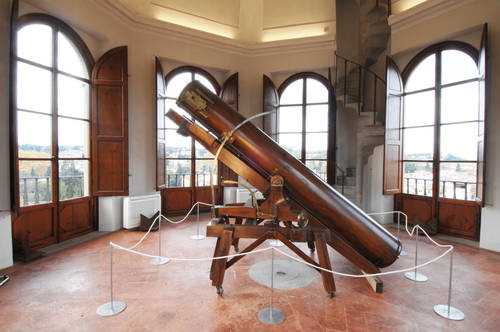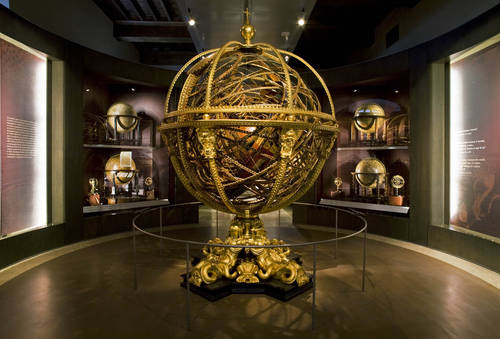Science in Florence from the Medici to Lorraine dynasties
Florence is a world-renowned city for its monuments and art museums. But it has also been a centre of excellence for scientific research and culture over the centuries, as the wealth of its historical scientific heritage bears witness. Through the visits to three major historical scientific museums, this tour aims at suggesting a most truthful idea of Florence as a city where scientific heritage is combined with art and architecture treasures.
Departure is planned around 8:15 by train (Milano Centrale Railway Station).
The tour starts with a visit to Museo FirST–Firenze Scienza e Tecnica. The core of its collections is made up of the scientific instruments and teaching apparatus which were the equipment of the Technical School of the Arts and Craftsmanship founded in 1850 by Grand Duke of Tuscany, Leopold II. During the 19th and 20th centuries, the collections of the Technical School were enriched with scientific devices, model machines, manufactured goods, and natural specimens. Such collections are a historical scientific heritage of great value that is now kept by the Museo FirST. It is also home to the Planetarium of Florence, which is run in collaboration with Museo Galileo and the Arcetri Astrophysical Observatory.

Museo FirST-Firenze Scienza e Tecnica: The main hall of the physics cabinet – © Fondazione Scienza e Tecnica, Florence
A light lunch is scheduled at “La Specola” Museum.
The second museum to be visited is “La Specola”, the Zoology section of the University of Florence Natural History Museum that –with ten million specimens– is the main natural history museum in Italy and one of the largest in the world. The Zoology Museum keeps the world’s largest collection of anatomical wax models and an important osteological collection. “La Specola” Museum is still housed in the Palazzo Torrigiani, that was once home to the Imperial and Royal Museum of Physics and Natural History created in 1775 by Grand Duke Peter Leopold of Lorraine. The visit includes the “Torrino della Specola” and –if time permits– the Galileo Tribune. The “Torrino” (small tower) is an 18th-century astronomical observatory. The Galileo Tribune was built in 1841 to celebrate Galileo and experimental science. It preserved the instruments of the great scientist and his followers, now on display at the Museo Galileo.

“Torrino della Specola”: Octagonal Upper Room – © Museo di Storia Naturale, Università di Firenze
Last but not least leg of the tour is Museo Galileo–Istituto e Museo di Storia della Scienza, which is housed in the historic Palazzo Castellani, an 11th-century building also known as Castello d’Altafronte. Museo Galileo owns one of the world’s major collections of scientific instruments –dating from 11th to 19th centuries– which bears evidence of the crucial role that the Medici and Lorraine Grand Dukes attached to science and scientists. The over 1000 scientific and experimental devices on permanent display include all Galileo’s unique artifacts, among which are his only two extant telescopes, the objective lens, the geometric and military compass, and the Jovilabe.

Museo Galileo: The great Santucci’s armillary sphere in Room III, “The Representation of the World” – © Museo Galileo, Florence
Arrival to Milan is planned around 20:00.